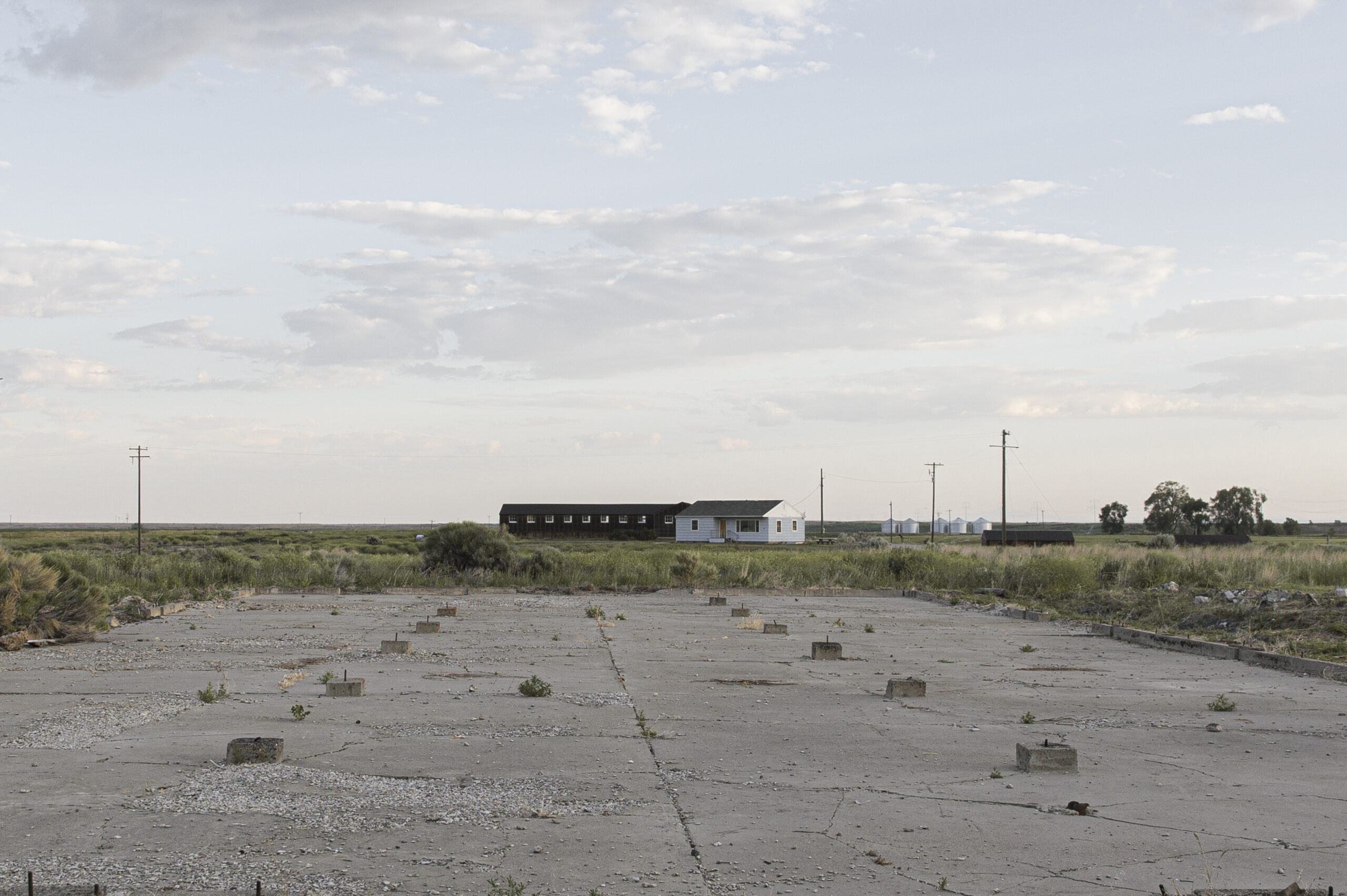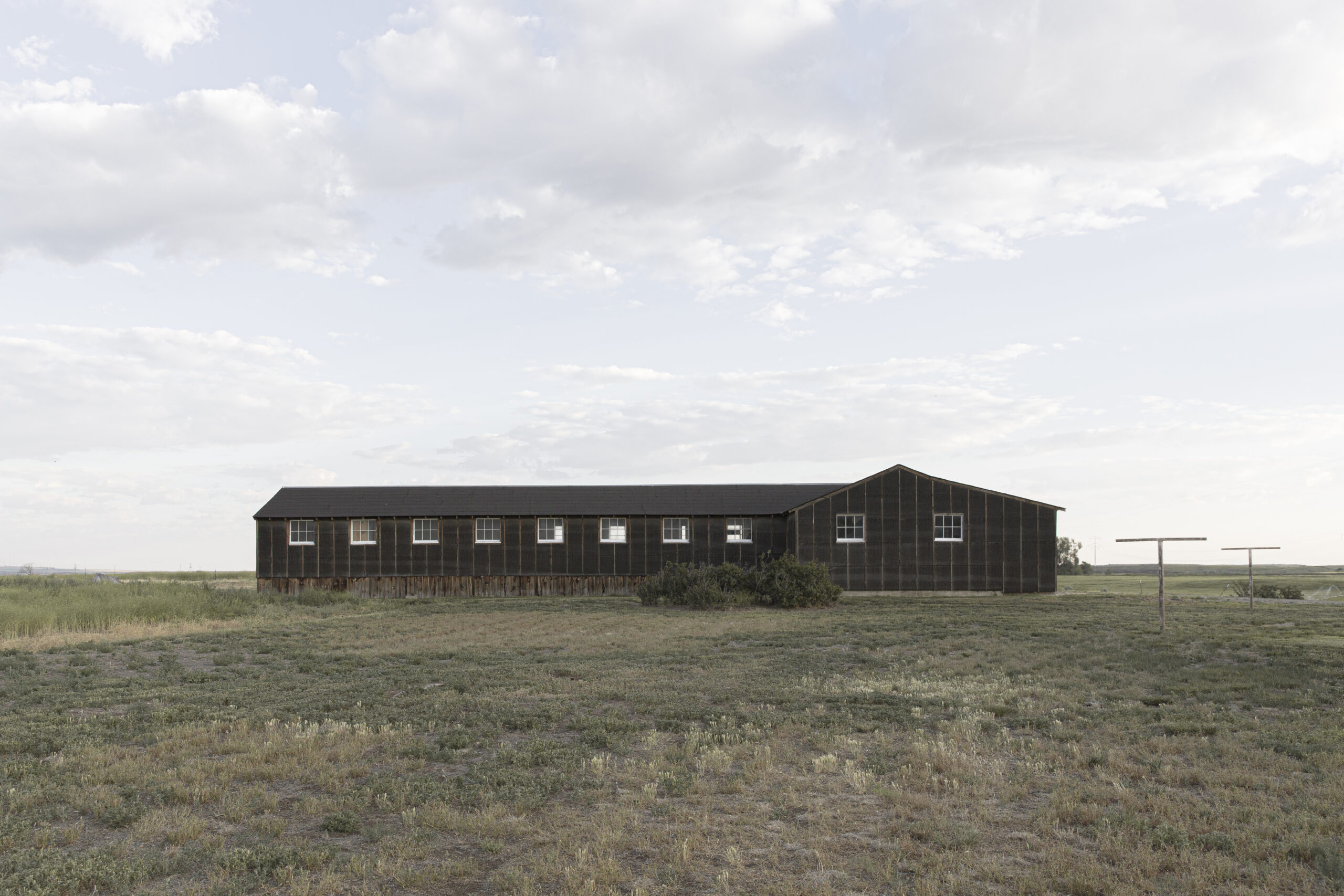
Located in the Magic Valley of south-central Idaho, Minidoka is known for having the highest number of volunteers for the U.S. Army and, as a result, the highest number of wartime casualties among all War Relocation Authority camps. The camp spanned 33,000 acres of arid desert, covered primarily in sagebrush and dust. Winters were bitterly cold, with temperatures often falling below zero, while summers brought extreme heat exceeding 100 degrees.
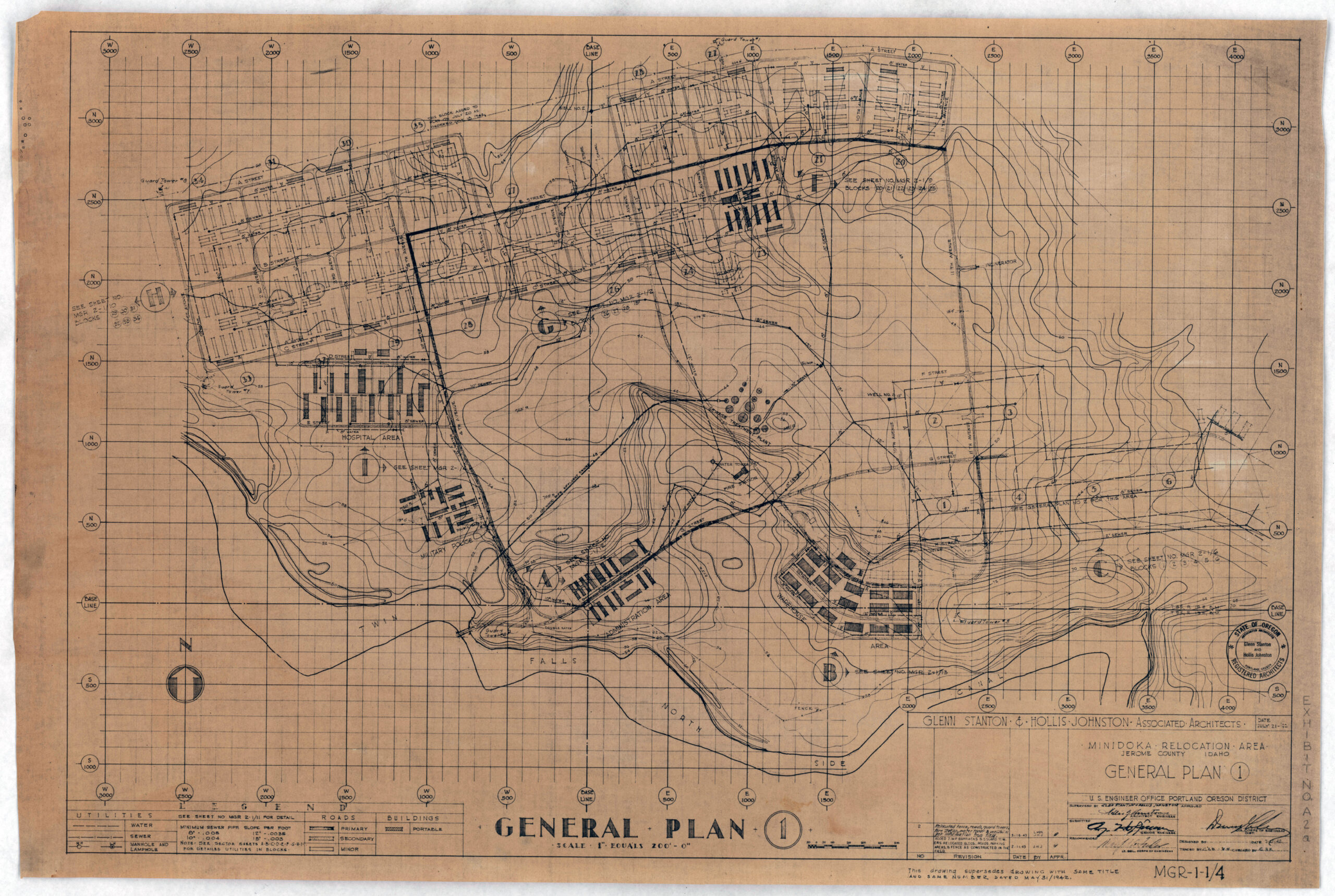
The War Relocation Authority‘s master plot plan for Minidoka. Courtesy of the National Archives and Records Administration.
Incarcerees were housed in uninsulated barracks constructed from tar paper and greenwood, offering little protection against Idaho’s harsh climate. Rain in the spring and autumn turned the unpaved camp roads into deep mud, making getting around the camp difficult.
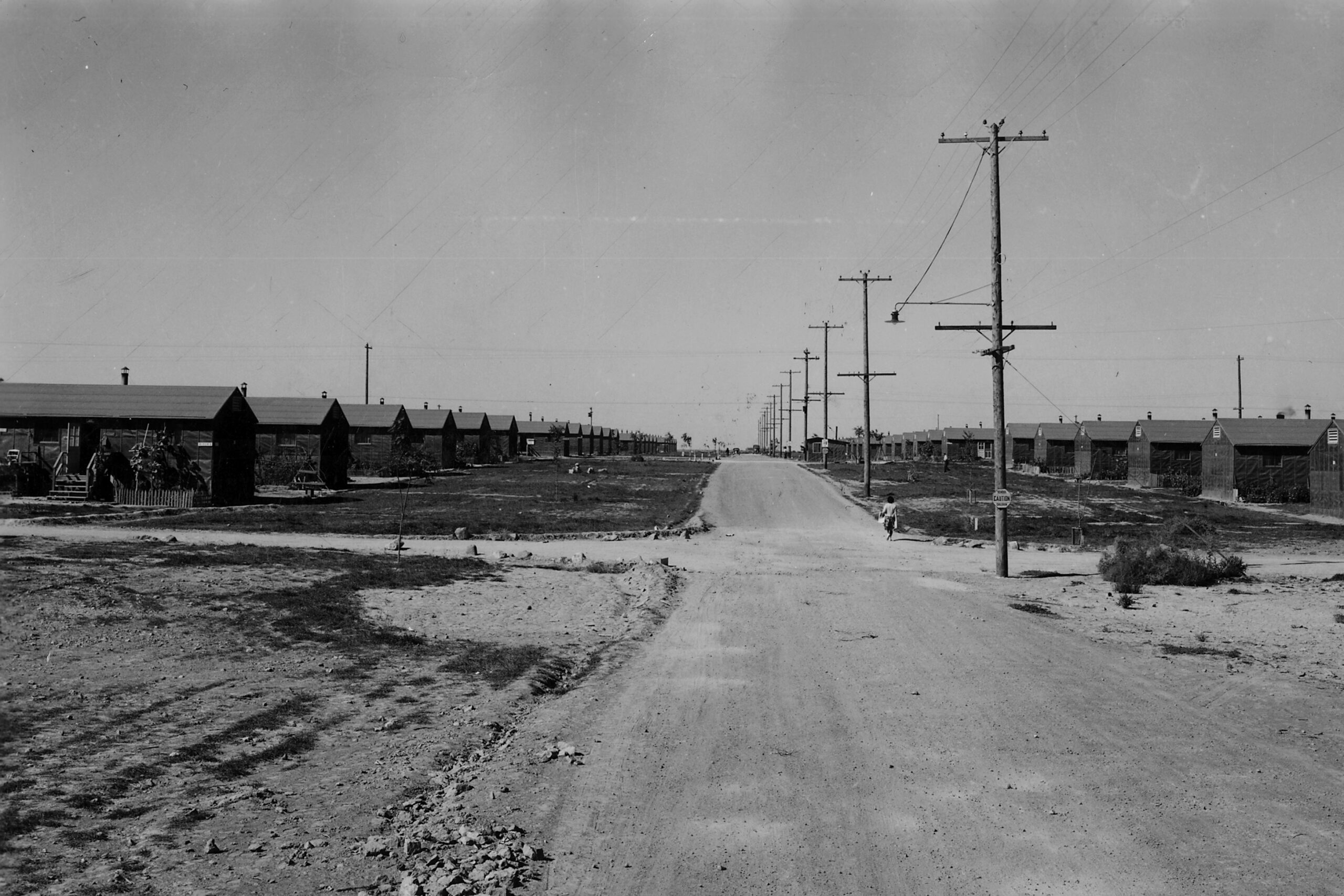
A block of barracks at Minidoka concentration camp. August 1943. Courtesy of National Archives and Records Administration.
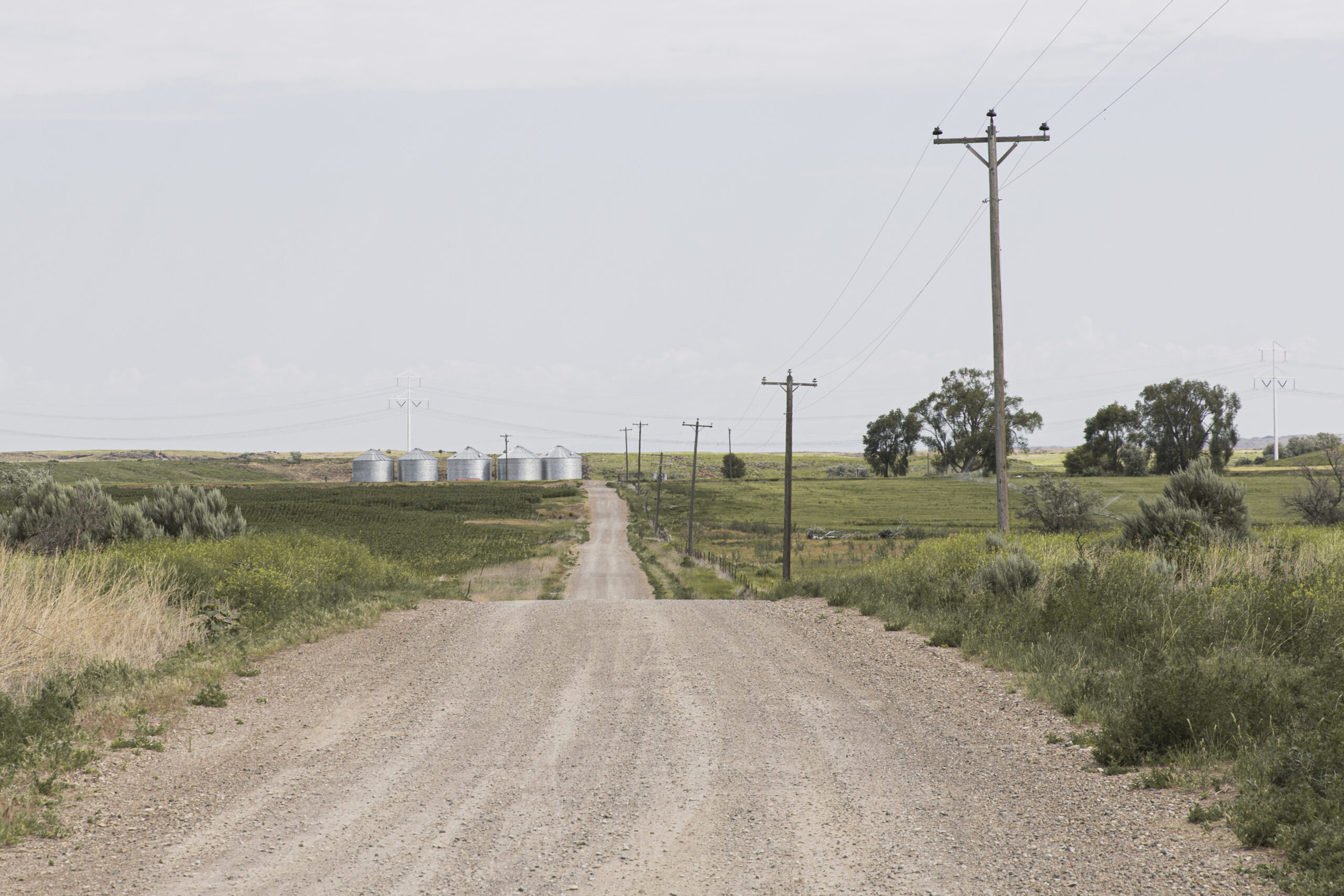
Minidoka was designated a National Historic Site in 2008 and is currently maintained by the National Park Service. July 8, 2023.
Most of Minidoka’s incarcerees were from the Pacific Northwest, making it one of the most homogenous populations among the ten War Relocation Authority camps. Arriving in August 1942, they faced severe sanitation issues—a shortage of materials had delayed the completion of the sewage system, meaning that flush toilets were unavailable for months. Instead, incarcerees were forced to use outdoor pit latrines. Even after the system was completed in January 1943, frequent pipeline failures disrupted operations. Several barrack blocks lacked lighting altogether, adding to the difficulties.
To make their surroundings more livable, incarcerees scavenged lumber to build furniture, laid down wooden planks to create walkways, and, in some cases, used the salvaged wood for fuel when the coal supply ran low during the brutal winter months.
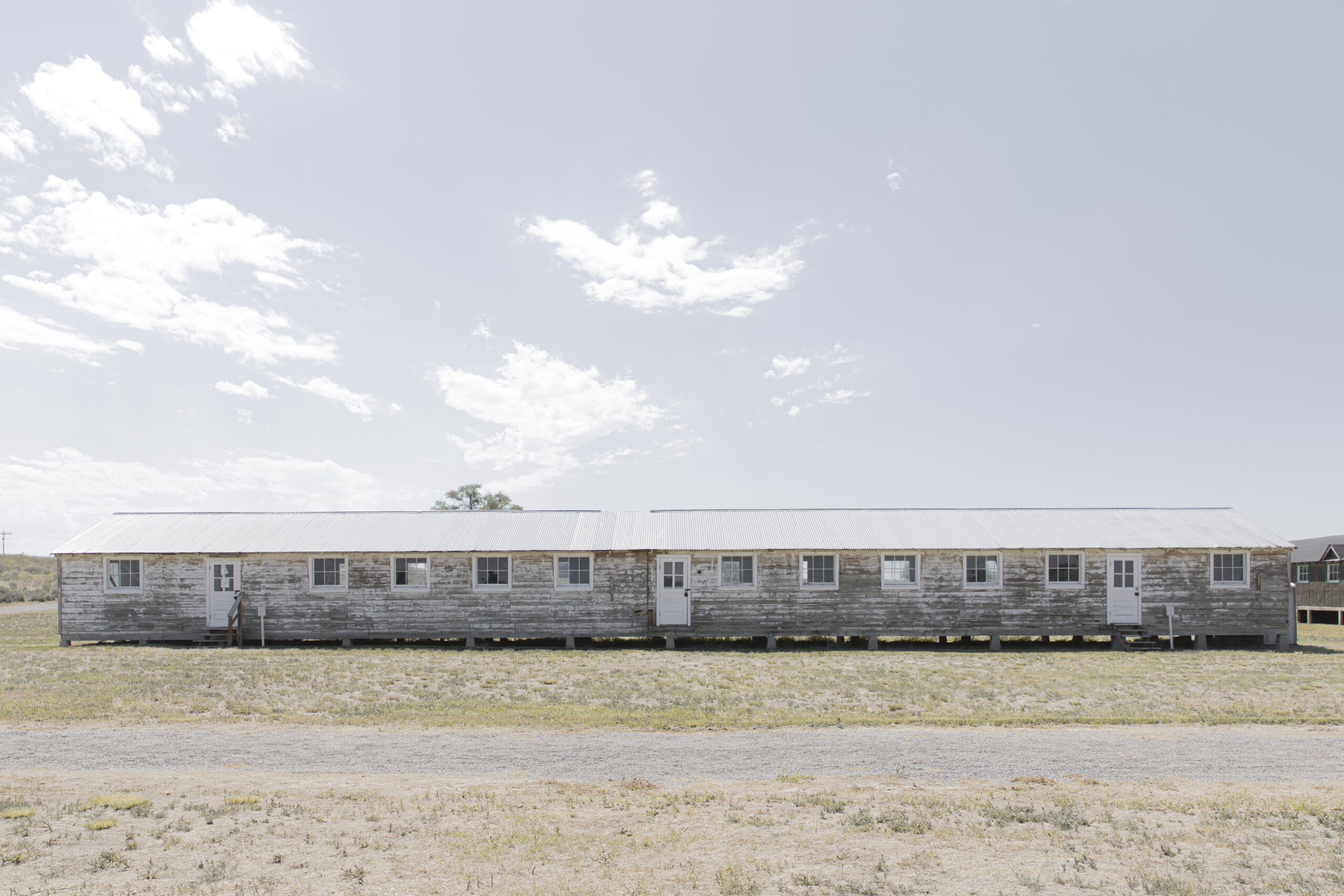
Like many of the other camps, the barracks at Minidoka were auctioned off to locals after the war. This old barrack was acquired by a local farmer, who restored the siding and roof.
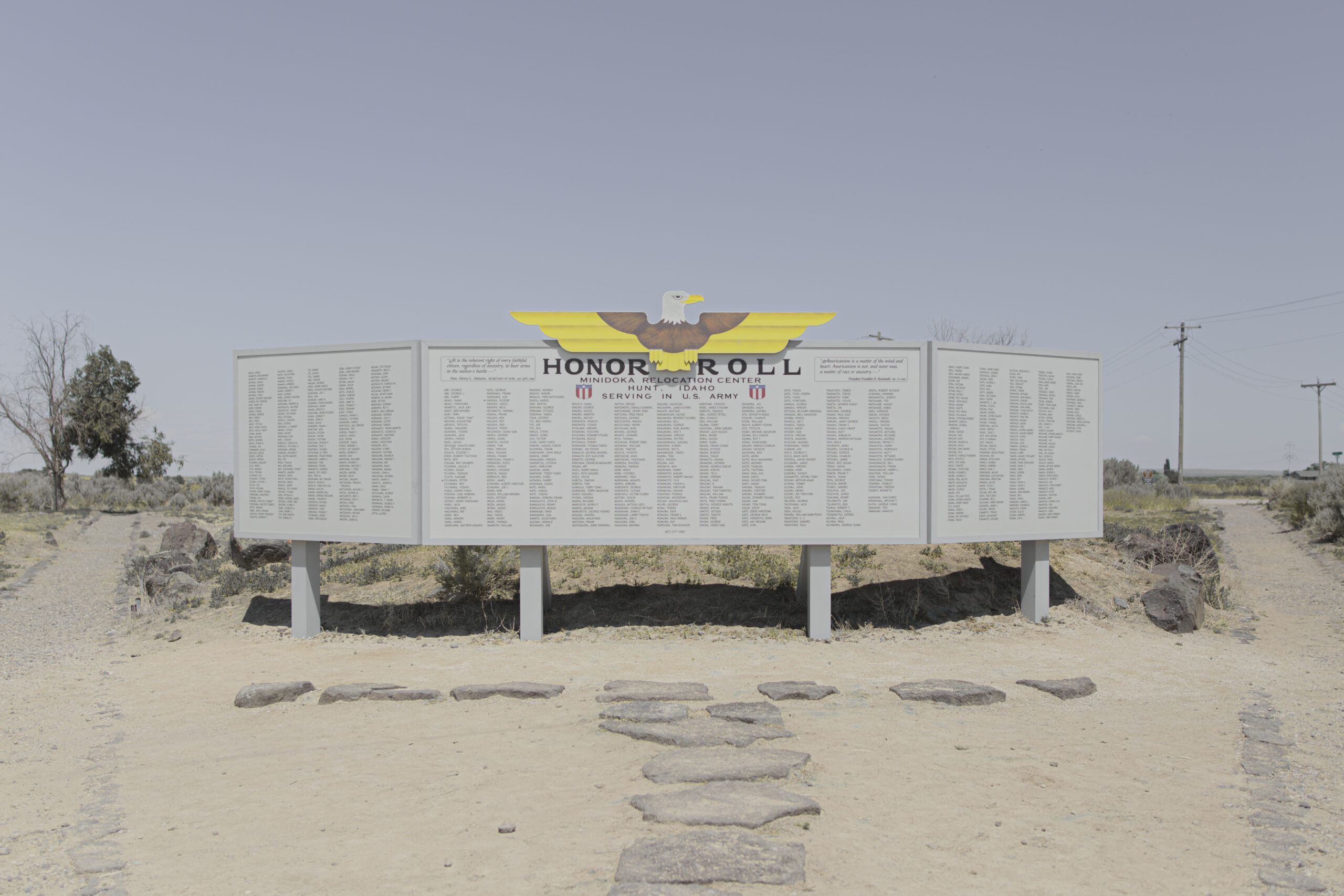
A three-panel display listing the names of incarcerees who served in the military. Minidoka had the highest percentage of incarcerees to serve in the military.

The War Relocation Authority utilized incarceree labor to farm and produce the camp population’s food. Root cellars like this stored crops to be distributed to the camp and sent to other WRA camps.
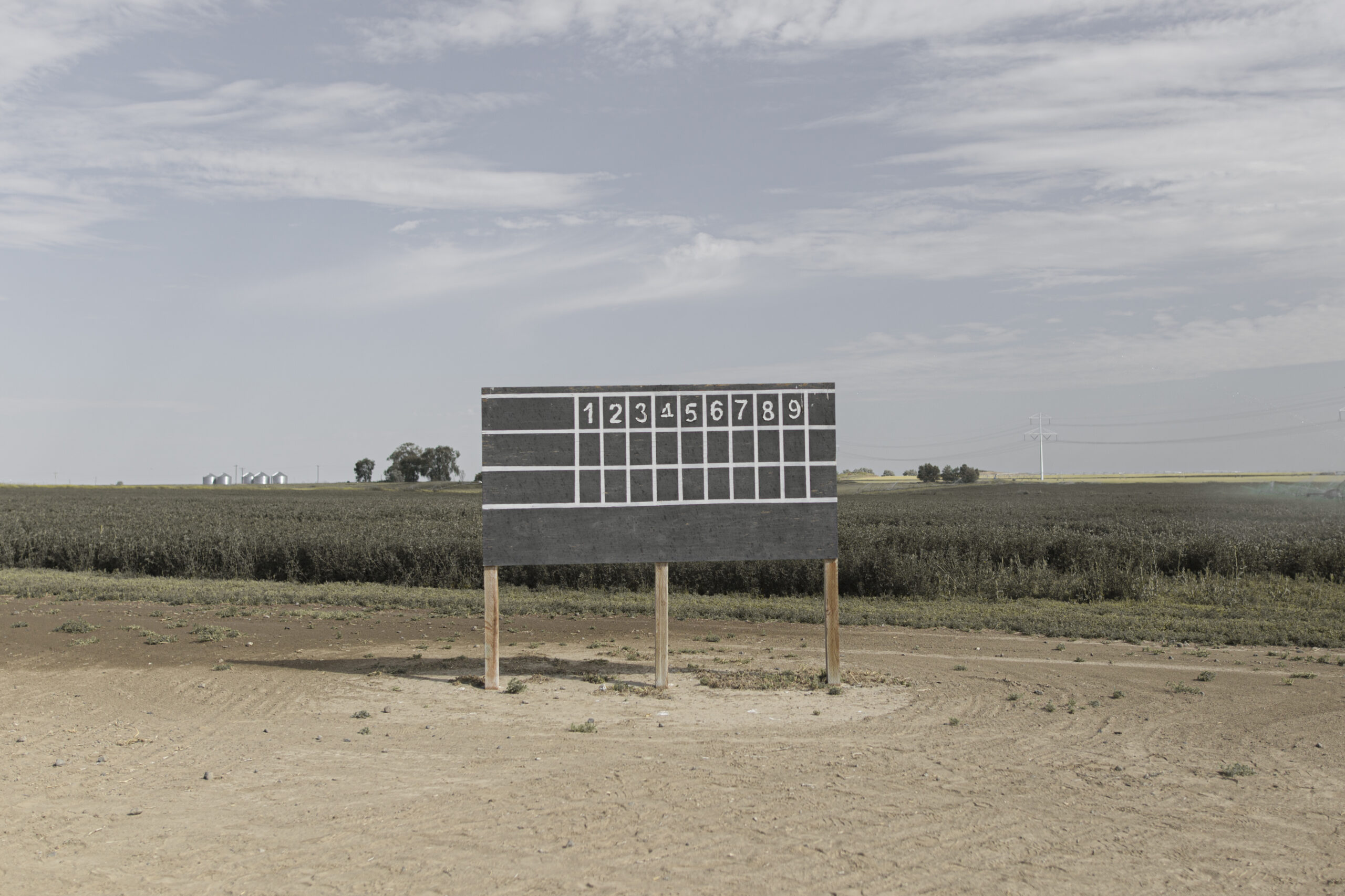
Baseball and other recreational activities played a key role in the lives of incarcerees. A quote in the September 11, 1943 issue of the Minidoka Irrigator—the camp newspaper—reads, “Old man baseball reigns supreme among our dads and have helped make life in this camp more pleasant for him. Without the game, he’d be lost and idleness would reign supreme instead of baseball.”
Despite these harsh conditions, camp administrators began constructing a five-foot-tall barbed wire fence around Minidoka on November 6, 1942. Outraged by this sudden fortification, incarcerees rebelled by cutting the wires and pulling up fence posts. In response, contractors briefly electrified the fence, though it was deactivated within hours. However, resentment over the fence’s presence persisted.
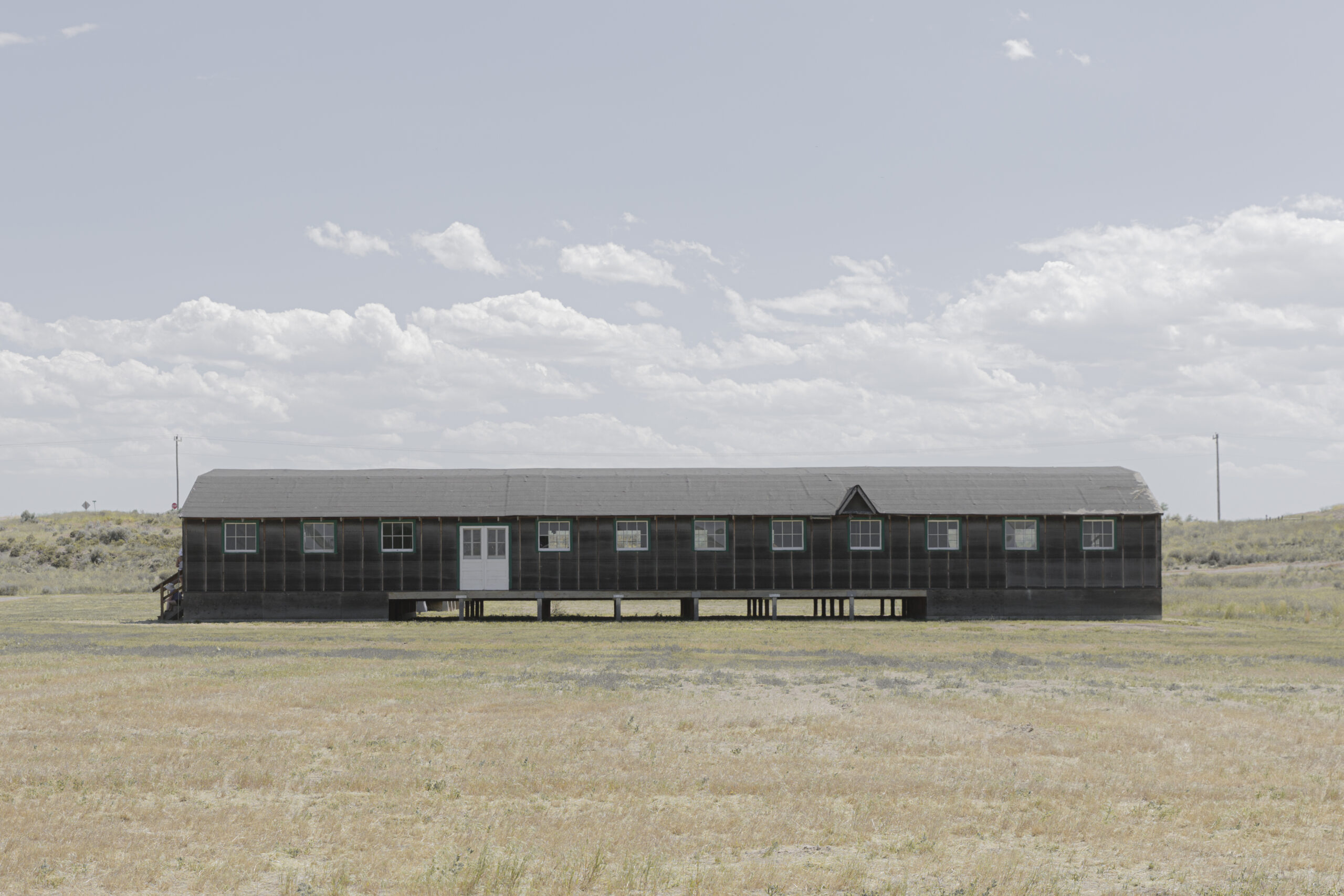
An old mess hall, a 40′ x 100′ structure that was designed to seat over 300 people at a time.
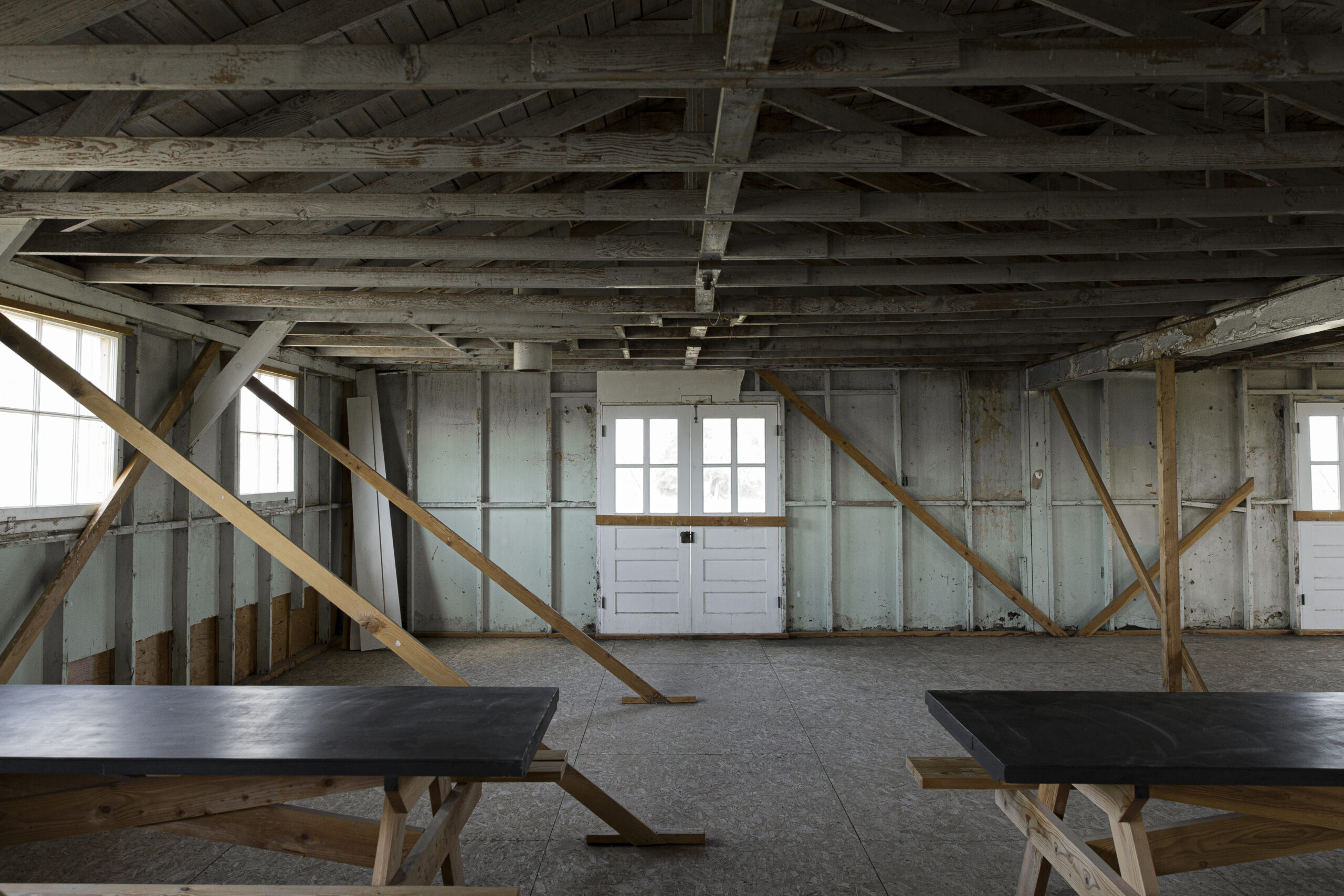
Interior of the mess hall. Each mess hall contained three coal burning army ranges on which incarceree chefs cooked for the camp population.
The protests and acts of defiance continued, and after six months of pushback, most of the fence was finally removed. Incarcerees quickly repurposed the remaining fence posts for firewood, furniture, and other necessities. Tensions between incarcerees and administrators did not fully subside, as evidenced by a 160-person labor strike in January 1944. However, compared to other War Relocation Authority camps, Minidoka experienced relatively fewer instances of organized unrest.
Why is Minidoka significant?
Minidoka was often labeled a “good” camp because it had the second-highest percentage of incarcerees who answered “yes” to Question 28 of the loyalty questionnaire, and the second-lowest rate of transfers to Tule Lake Segregation Center. However, it is most notably remembered for having the highest number of volunteers for the U.S. Army, with many incarcerees enlisting in the 442nd Regimental Combat Team and the Military Intelligence Service. As a result, Minidoka also suffered the most casualties among Japanese American soldiers during World War II.
After the segregation process, over 1,500 “loyal” incarcerees were transferred to Minidoka, further straining the camp’s already limited housing. Meanwhile, only 335 “disloyal” incarcerees were transferred out, creating a severe overcrowding crisis. Some families were forced to live in recreation halls, where they had even less privacy than in the standard barracks, while others had to share cramped living spaces with multiple families. These conditions persisted through spring 1944, making daily life even more difficult for those confined at the camp.
The reasons behind Minidoka’s high rate of “loyal” responses remain somewhat unclear, though it may be attributed to the homogeneity of its population and a more structured rollout of the loyalty questionnaire and military registration compared to other War Relocation Authority camps. Regardless, the difficult choices Minidoka’s incarcerees faced were no different from those in other camps, as they navigated the painful moral dilemma of pledging loyalty to a government that had forcibly incarcerated them.
Please note: These photographs were taken with permission and permits where required, in accordance with site guidelines. Visitors must respect and follow all visitation protocols.
This historical overview is informed by research from the Densho Encyclopedia (accessed in 2023), National Park Service (accessed in 2023), and interviews conducted during a visit to the camp in 2023.
